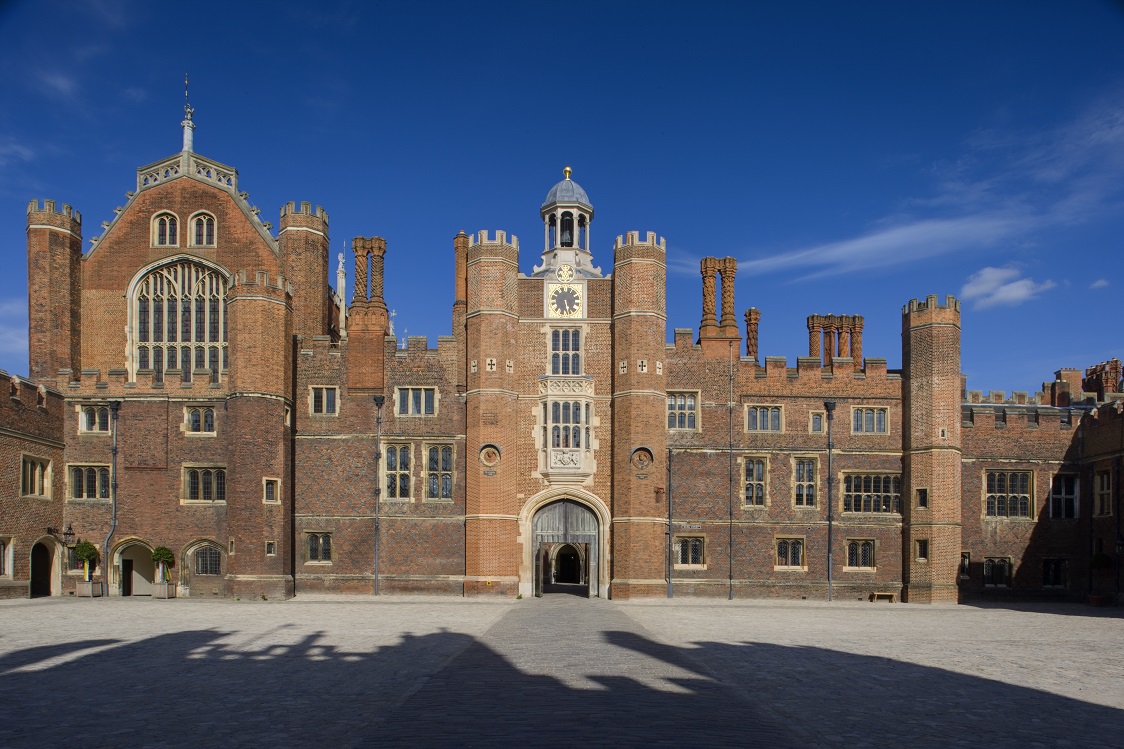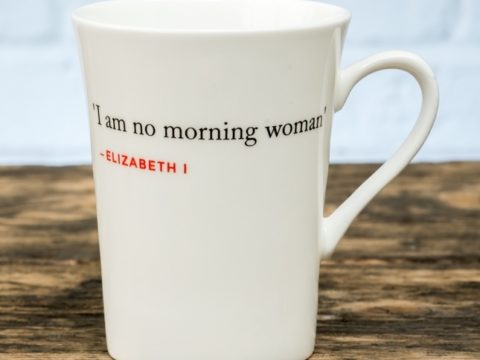Hampton Court Palace: Wolsey's Masterpiece
Chapter 5 : Wolsey’s Palace
During the development and construction of Hampton Court Palace, Wolsey can be seen as arguably one of the most powerful diplomats of his age. The palace he created for himself, and Henry, was designed to match that status and provide a stage for the grand entertainments, ambassadorial visits and private meetings his work required.
There are two main phases of construction, the initial work between 1515 and 1521 and a second phase between 1522 and 1528. During the first phase of works the old moat is filled in and several parts of Daubeney's house are demolished to make way for the new buildings. Wolsey constructs Base Court, a massive range of two or three room apartments meant to house visiting dignitaries, and a new Long Gallery, elaborately decorated with gothic and Italianate designs in terracotta. The areas of Daubeney's house that had been incorporated into Wolsey's plan, particularly the great hall and private lodgings, were repaired, embellished and upgraded. A new range of kitchens was also constructed to allow Wolsey to feed the vast numbers of visitors he was expecting.
In the second phase of works Wolsey demolishes more of Daubney's original manor and builds new private apartments for the Royal Family, on the east side of Clock Court. This range would have housed Princess Mary on the ground floor, Henry on the first floor and Katharine on the double height second floor. Wolsey also constructs private lodgings for himself, on the south of the same courtyard, with easy access to his Long Gallery, and more importantly, the King's private apartments. A project to upgrade the chapel is also begun just before Wolsey's fall, and later completed by Henry in the early 1530s.
The interiors of these spaces were lavishly decorated and laid out with huge displays of wealth. A description of a visit by a French Embassy in 1527 paints a great picture of the apartments in Base Court,
" they returned again to Hampton Court, and every of them conveyed to his chamber severally, having in them great fires and wine ready to refresh them, remaining there until their supper was ready, and the chambers where they should sup were ordered in due form… and whilst they were in communion and other pastimes, all their liveries were served to their chambers. Every chamber had a bason and a ewer of silver, some gilt and some parcel gilt, and some two great pots of silver in like manner, and one pot at the least with wine and beer, a bowl or goblet, and a silver pot to drink beer in; a silver candlestick or two, with both white lights and yellow lights of three sized of wax; and a staff torch; a fine manchet, and a loaf of bread. Thus was every chamber furnished throughout the house… "



